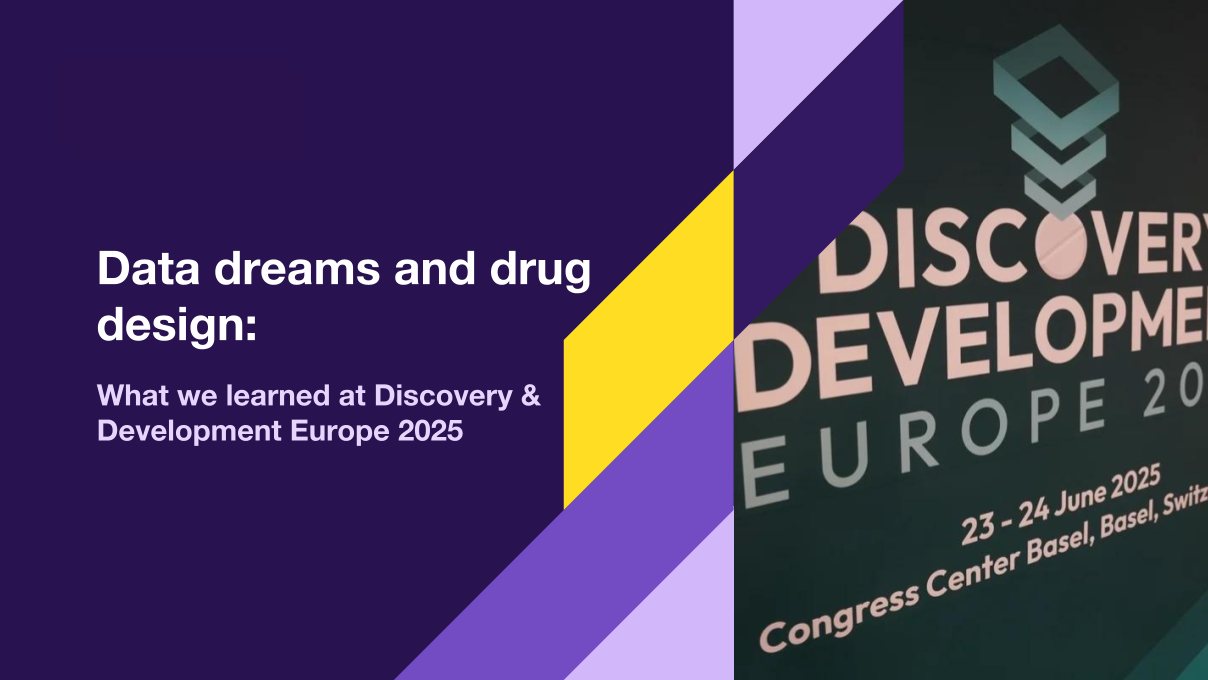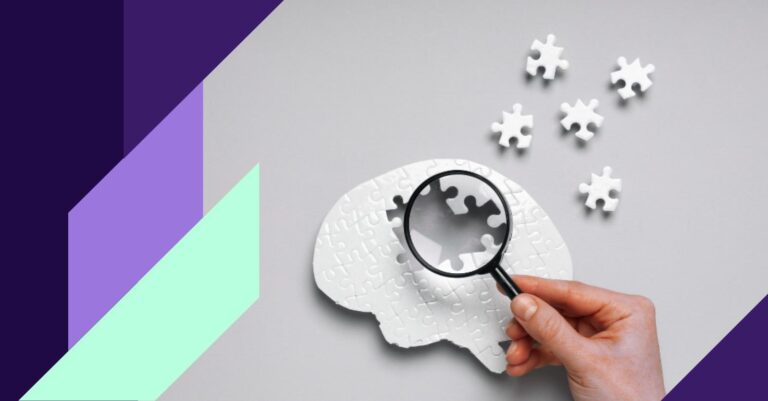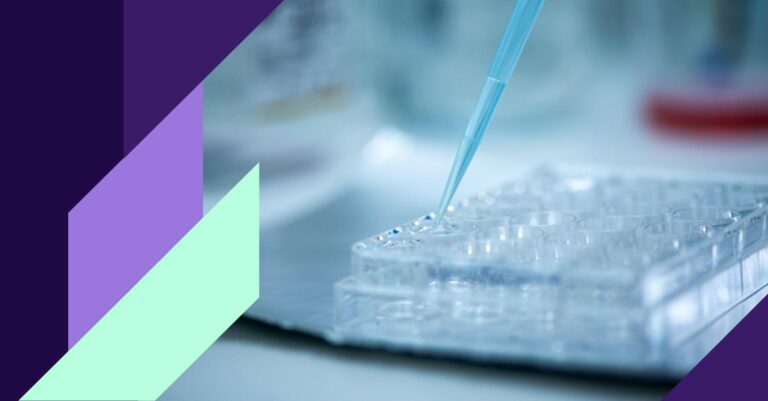This month, we joined researchers, tech leaders, and pharma executives at Oxford Global’s Discovery & Development Europe 2025 in Basel, a conference positioned at all stages of drug research from early discovery up to final delivery..
The event was composed of three programmes with significant presence of lab automation and advances in the area of drug manufacturing. Nevertheless the track focused on drug discovery offered a lot of insights into the evolving role of AI, data infrastructure, and digital strategy in shaping the future of bringing novel treatment for patients. Here’s what stood out, and what it means for the direction of our field.
FAIR data, still an unfinished story
Panel on FAIR (Findable, Accessible, Interoperable, Reusable) data featured voices from GSK, Bayer, SciSure and others. The message was clear: progress is slow. The diagrams are familiar, and the barriers persist. Each new assay type still requires bespoke data engineering. The reality behind the rhetoric? FAIR remains a worthy goal, but implementation often lags behind intent. But as was pointed out – since the target is moving it’s more about the process than the goal itself.
That said, Bayer showcased a promising innovation: a role-specific RWD (real-world data) browser layered with a conversational AI interface. Users, from data engineers to C-suite stakeholders, can now query, study KPIs via chat and receive dynamic outputs from data factories like Snowflake, complete with automated plots. It’s a glimpse into how decisions supported by AI might look in practice.
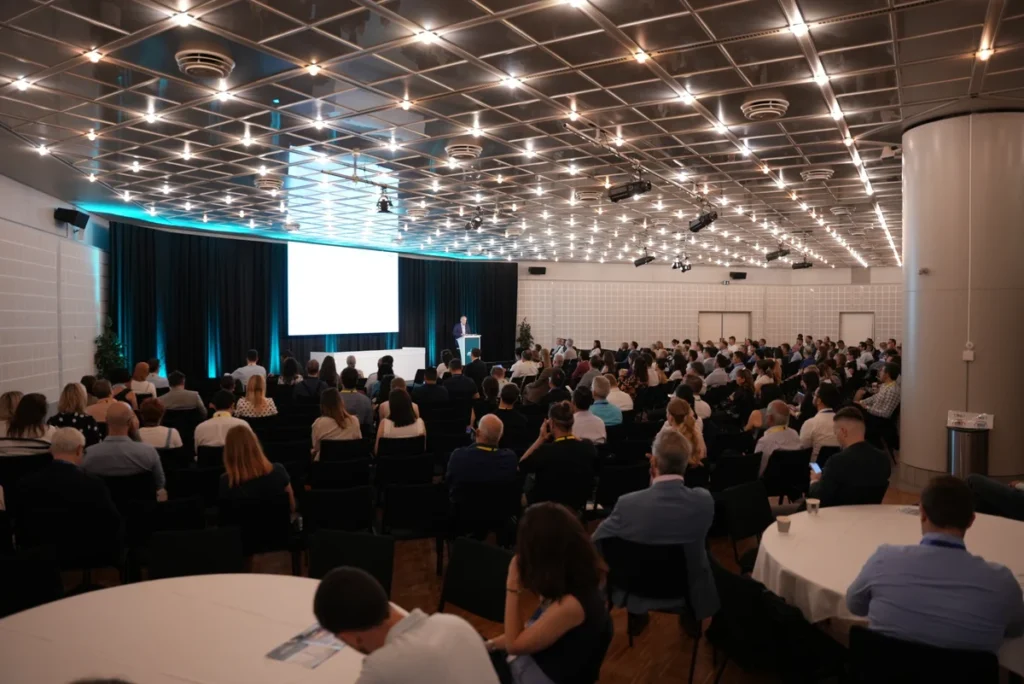
source: https://oxfordglobal.com/
AI’s role in discovery is cautiously expanding
Many speakers acknowledged the growing power of AI, but also its limits. Novo Nordisk, for instance, traced its AI adoption to 2021, with measurable impact:
- 80% increase in screened targets between 2022 and 2023
- ~50,000 antibodies evaluated in the race toward Phase 3a
The trend? AI is no longer an experiment, it’s a strategic tool. But scaling success requires thoughtful integration into biological workflows, not just bigger models.
Platforms are evolving and so are partnership expectations
As AI becomes embedded in discovery workflows, the industry is rethinking what platforms are supposed to do. The most compelling companies at the conference weren’t just offering tools, they were building strategic infrastructure for data R&D.
A good example is SynSillico, a DSM spinout that inherits decades of experience in biologics technologies like camelid antibodies. Their platform emphasized not just software, but a structured delivery model: 3, 6, and 12-month milestones leading from candidate generation to validation and scale-up. Their proposition wasn’t just speed, it was value progression, anchored in data insights.
It reaffirms a shift we’re seeing industry-wide: discovery partners aren’t just looking for flashy AI, they want predictable, repeatable value that grows over time. That’s exactly where Ardigen plays.
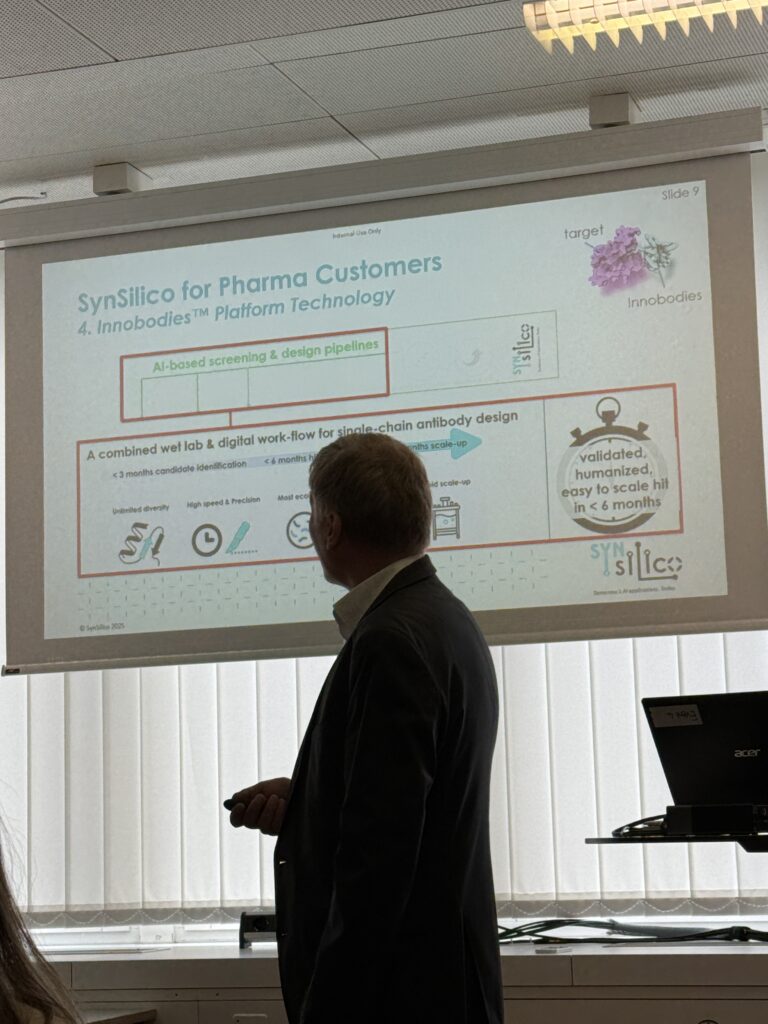
Element biosciences & the ‘Too Good To Be True’ device
Element Biosciences drew significant attention with a showcase of their device that promise high temporal resolution, 45-minute sample preparation, and 24-hour turnaround. It clearly reflects the growing demand for integrated, multimodal platforms that go beyond traditional assay capabilities. While some attendees (ourselves included) viewed it with cautious curiosity, it was a clear discussion starter as their booth was really crowded just after the session.
Connecting the discovery pipeline
One recent merger that drew attention at the event was Certara’s acquisition of Chemaxon that were present together. It was not just for the deal itself, but for what it signals.
- Chemaxon brings expertise in early-stage discovery: compound design, ELNs, data workflows.
- Certara, known for its QSP modeling and translational services, owns the later-stage pharmacological intelligence layer.
What they’re building together is more than a platform. It’s a continuum , a connected pipeline from molecule ideation to clinical modeling, delivered through a blend of software and services.
This hybrid approach echoes a question many at the conference were asking : What does an end-to-end, AI-enabled discovery experience really look like?
For us at Ardigen, it reinforced something we’ve long believed: future-ready R&D doesn’t hinge on monoliths. It’s about modular capabilities, strong integration points, and teams who can move fluidly between data, models, and biology. Whether it’s in biologics, small molecules, or phenotypic screening, that’s the model we’re helping build.
What this all means for the future of drug discovery
If one theme unified Discovery & Development Europe 2025, it was this: drug discovery is no longer just a scientific problem it’s a data and infrastructure challenge.
From AI models simulating perturbations, to real-time BI dashboards for stakeholders, to the merging of early and late discovery pipelines, the field is clearly re-architecting itself around data, speed, and integration.
Yet amid all the platforms and promises, one truth is fundamental: value doesn’t come from automation alone, it comes from insight. Insight that’s trustworthy, context-aware, and connected to experimental outcomes.
That’s exactly where Ardigen operates.
We’re building the connective tissue between biology and computation , not with buzzwords, but with scientifically grounded AI that helps researchers design, interpret, and accelerate discovery itself.
